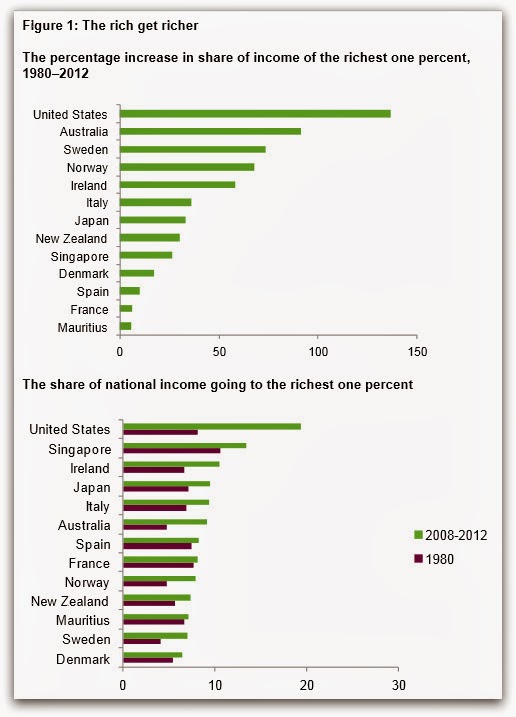 |
Here is the first morning after Sweden
changed from driving on the left side
to driving on the right, 1967. What
a quagmire. They have no such
difficulty today, of course. |
Things change. Sometimes it's a bit of an upheaval as our norms get realigned.
(This is just for those interested in history and economics; everybody else will be bored.)
Think about slavery; it was the norm for most of human history. Across continents and cultures and centuries, it was part of everyday life. Everyone knew that there were those folks who by virtue of birth or race or class would be on the bottom social rung. Nobody questioned it, really. It had always been that way and it always would be, of course.
 |
Am I not a man and a brother?
Anti-slavery medallion created in 1787 |
And it was, until 1787 when a dozen fellows met in London in a print shop and changed it all. They formed 'The Society for the Abolition of the Slave Trade' and began to challenge the norm. Pretty much everybody had it pushed in their face, slavery is wrong; just wrong.
They told the truth about what it was really like on the slave ships. They campaigned publicly and petitioned parliamentarians.
Wilberforce!
William Wilberforce
introduced the first Bill to abolish the slave trade in 1791. It was defeated 163 votes to 88. As Wilberforce continued to bring
the issue of the slave trade before Parliament, others continued to travel, raise funds, lobby, and to write
anti-slavery articles. Wilberforce introduced a new motion to abolish slavery almost every year. It took several years before they saw progress, but it came.
Today, we look on slavery as barbaric and wicked, and rightly so, but it was the norm at the time, and good people didn't think about it, for the most part. It was just a fact of life ...
Today, we face issues that are similarly significant but unasked questions, at least for now.
For example, our economy presumes and depends on continued growth in literally every corner and every market.
Exponential growth in a finite world ...
The corner shop with a small but steady customer base and a steady throughput of goods is no longer viable. It hasn't been for decades. All such businesses are pressed by the growth thinking of corporations like Walmart and Target and Food Lion and Giant. Their business model requires them to overtake a region's cash flow and channel it through their product sales. They depend on winning based on the appeal of their larger stores and pricing margins achievable only by massive throughput. Family farms face similar difficulties. Is that bad? Perhaps; perhaps not. But it is troublesome.
As an aside: our growth model is illustrated by the extended cash-flow model that Wall Street employs. Their documented and discussed intent is to be the holder of debt for a developing country at the GDP level, the maximum amount they can extract from the country's economy. It compares to payday borrowing; incrementally, you borrow against your next payday until you're giving your whole paycheck to pay what you owe.
The growth and competition model presumes growth can continue unabated, that resources are effectively unlimited, and that
it makes sense to airlift flowers from Kenya to Wisconsin to fill a florist's refrigerated display case.
Our growth model is the norm, at least for now. What are the unasked questions?
The rest of the story: like slavery, our competitive economy imposes cost on non-participants. The benefit to some imposes cost on others who hadn't agreed to participate. In Africa, local markets that serve the community find their prices imposed from Wall Street. Corn meal in Kenya, locally produced and the staple for existence for more than half the coastal population, doubled in price in 2007/8 due to world market fluctuations. Wall Street did that, and millions went hungry; tens of thousands died. The primary cause - foreign participation in their markets.
That's the norm today. Is it wrong like slavery was wrong. Of course. But change will be tumultuous.










































